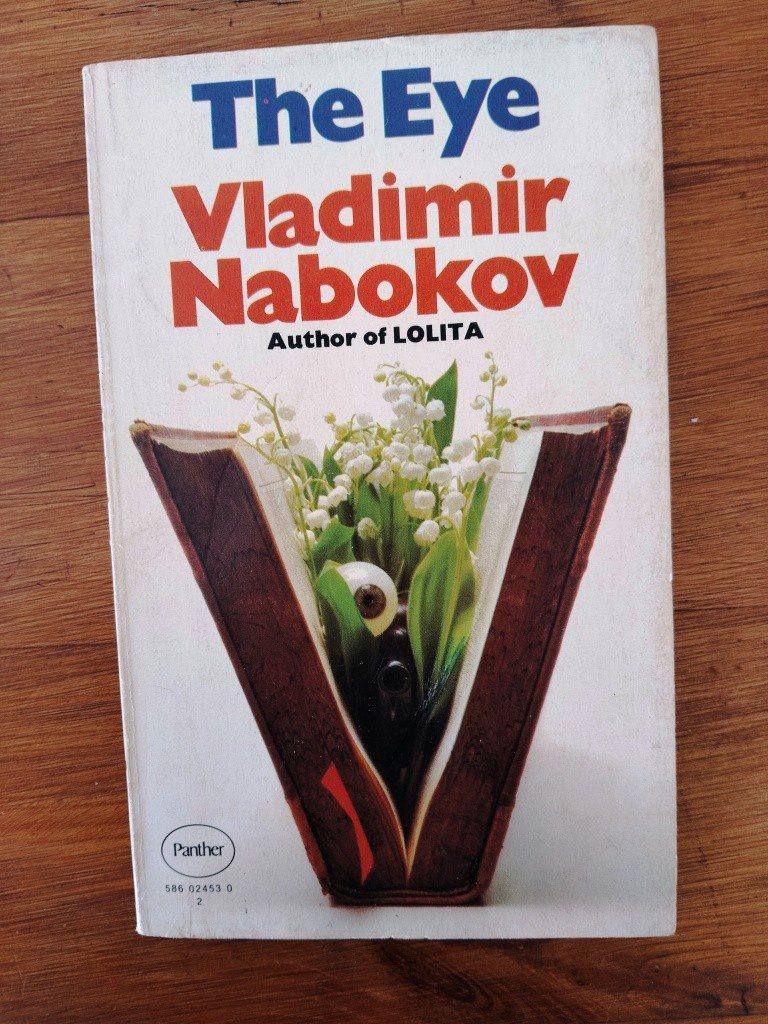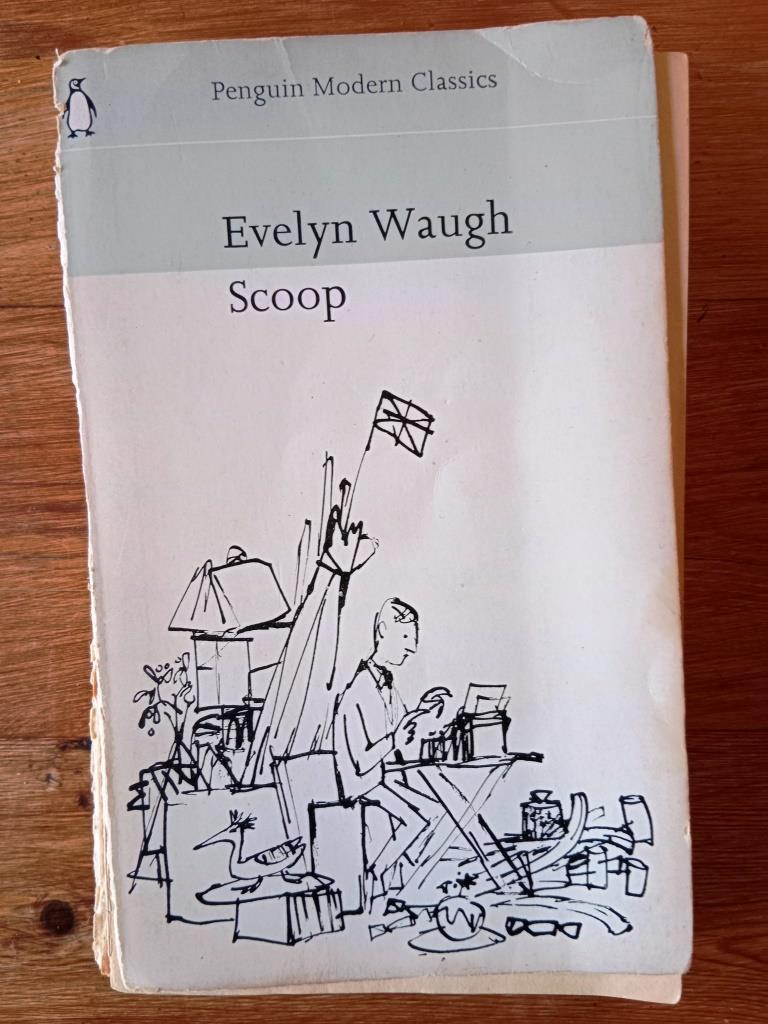About Vladimir Nabokov:
Vladimir Vladimirovich Nabokov (1899-1977) was a Russian-American novelist, poet, translator, and entomologist, renowned for his complex and artful prose. Born into an aristocratic family in Saint Petersburg, Russia, he was trilingual from a young age, fluent in Russian, English, and French. The October Revolution forced his family to emigrate, leading Nabokov to study at Cambridge University, where he read Slavonic and Romance languages.
He began his literary career in Berlin and Paris during the 1920s and 1930s, publishing several acclaimed novels in Russian under the pseudonym “Sirin,” including The Gift and Invitation to a Beheading. In 1940, he moved to the United States, where he lectured at universities like Wellesley and Cornell, and pursued his passion for lepidopterology, becoming a recognized expert on butterflies.
Nabokov gained international fame with his controversial 1955 novel Lolita, initially published in Paris due to its subject matter. This success allowed him to return to Europe and dedicate himself solely to writing. His later English novels, such as Pnin and Pale Fire, further solidified his reputation for intricate narratives, wordplay, and exploration of memory and identity. Nabokov’s work remains a significant contribution to 20th-century literature, celebrated for its stylistic brilliance and intellectual depth.
The Eye:
The Eye, a slender yet potent novel first published in 1930, offers a fascinating glimpse into the author’s early mastery of psychological nuance and narrative deception. The story centers on Smurov, a Russian émigré in Berlin who, after a humiliating social incident, attempts suicide. Miraculously surviving, he then embarks on a curious experiment: to observe the world and, more specifically, a group of fellow émigrés, as if he were a detached, invisible observer. His goal is to assess their perceptions of him, or rather, to understand “Smurov” from an external, objective viewpoint.
What unfolds is a brilliant exploration of identity, reality, and the subjective nature of perception. Nabokov, with his characteristic precision and lyrical prose, constructs a world filtered through Smurov’s highly unreliable consciousness. The reader is drawn into his obsessive observations and the often-comic misinterpretations of the characters around him. Smurov’s detachment is, of course, a form of self-delusion, and the novel cleverly plays with the line between what is truly happening and what Smurov imagines or constructs.
The Eye is less about grand plot twists and more about the intricate dance of consciousness. It’s a precursor to themes Nabokov would further develop in his later, more famous works, showcasing his unparalleled ability to manipulate narrative perspective and question the very notion of a fixed self. For readers new to Nabokov, it’s an excellent introduction to his unique style and intellectual playfulness; for seasoned fans, it’s a delightful and insightful piece that illuminates the development of a literary genius. It’s a concise, perfectly crafted gem that lingers in the mind long after the final page.





